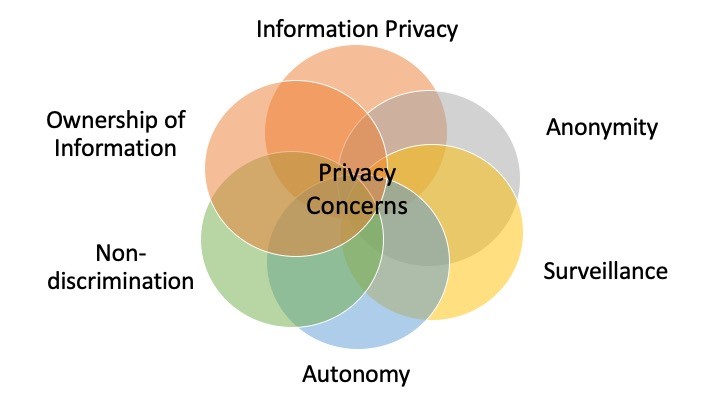Non Visible Image Presentation
| Introduction to Non Visible Image | ||
|---|---|---|
| A non visible image refers to an image that cannot be seen by the naked eye. It is often used in various industries for security, authentication, and data embedding purposes. Non visible images are typically embedded within visible images or documents. | ||
| 1 | ||
| Types of Non Visible Images | ||
|---|---|---|
| Ultraviolet (UV) images are non visible images that can only be seen under UV light. Infrared (IR) images are non visible images that capture heat radiation and are often used in thermal imaging. X-ray images are non visible images that are used in the healthcare industry for medical diagnostics. | ||
| 2 | ||
| Applications of Non Visible Images | ||
|---|---|---|
| Non visible images are commonly used in the field of forensics to reveal hidden or tampered information in documents. They are also used in watermarking to protect digital content from unauthorized use or copying. Non visible images find applications in biometrics, such as iris recognition or fingerprint scanning. | ||
| 3 | ||
| Techniques for Creating Non Visible Images | ||
|---|---|---|
| Image steganography is a popular technique where non visible images are embedded within visible images without altering their appearance. Invisible ink is another technique where non visible images are created using specially formulated inks that only become visible under certain conditions. Digital manipulation techniques, such as altering pixel values or using specific color channels, can also create non visible images. | ||
| 4 | ||
| Advantages of Non Visible Images | ||
|---|---|---|
| Non visible images provide an added layer of security and protection for sensitive information. They offer a covert way of transmitting data or messages without arousing suspicion. Non visible images can be easily integrated into existing systems and workflows without significant changes. | ||
| 5 | ||
| Challenges in Working with Non Visible Images | ||
|---|---|---|
| Non visible images often require specialized equipment or software to capture, view, or analyze. The quality and clarity of non visible images may vary depending on the capturing technique or medium used. It can be challenging to ensure the compatibility and interoperability of non visible image formats across different platforms. | ||
| 6 | ||
| Future Trends in Non Visible Images | ||
|---|---|---|
| Advancements in technology are likely to lead to more sophisticated non visible image capturing and analysis techniques. Non visible images may find increased applications in fields like augmented reality, virtual reality, and gaming. Research is ongoing to develop more robust and secure methods for embedding and detecting non visible images. | ||
| 7 | ||
| Ethical Considerations of Non Visible Images | ||
|---|---|---|
| The use of non visible images raises concerns about privacy and surveillance. Proper consent and transparency should be ensured when using non visible images in various applications. Ethical guidelines and regulations should be in place to prevent misuse or unauthorized access to non visible image data. | ||
| 8 | ||
| Conclusion | ||
|---|---|---|
| Non visible images play a crucial role in various industries and applications. They offer enhanced security, data protection, and authentication capabilities. As technology advances, the potential for non visible images will continue to grow, leading to exciting possibilities in the future. | ||
| 9 | ||
| Questions? | ||
|---|---|---|
| Thank you for your attention! Now, I am open for any questions you may have about non visible images. Your second bullet Your third bullet | ||
| 10 | ||









